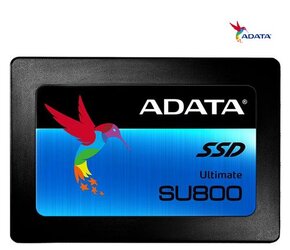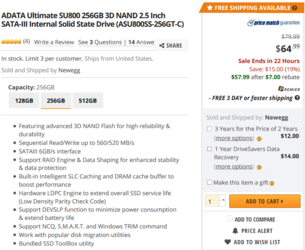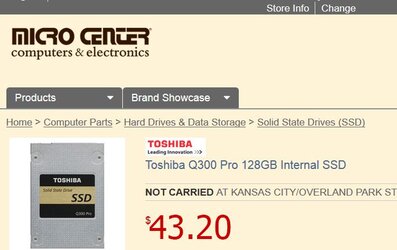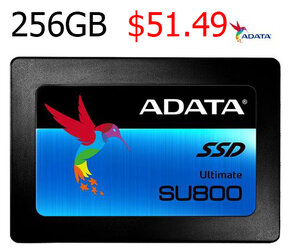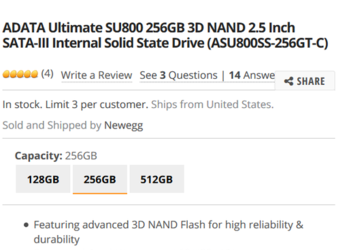- Joined
- Mar 18, 2015
https://www.amazon.com/DISCONTINUED...479861198&sr=8-2&keywords=samsung+ssd+++120gb
49.99 for a used Samsung 850 evo. I bought 2 earlier this year (from the same seller) and they are fantastic. I still dont know what to make of "rapid mode" because it seems like it might just be a gimmick. Still, it seems a fair price for one of/the fastest drive on the market.
Here is a thread that has some of my results and a link to some benches for for the drive
49.99 for a used Samsung 850 evo. I bought 2 earlier this year (from the same seller) and they are fantastic. I still dont know what to make of "rapid mode" because it seems like it might just be a gimmick. Still, it seems a fair price for one of/the fastest drive on the market.
Here is a thread that has some of my results and a link to some benches for for the drive
